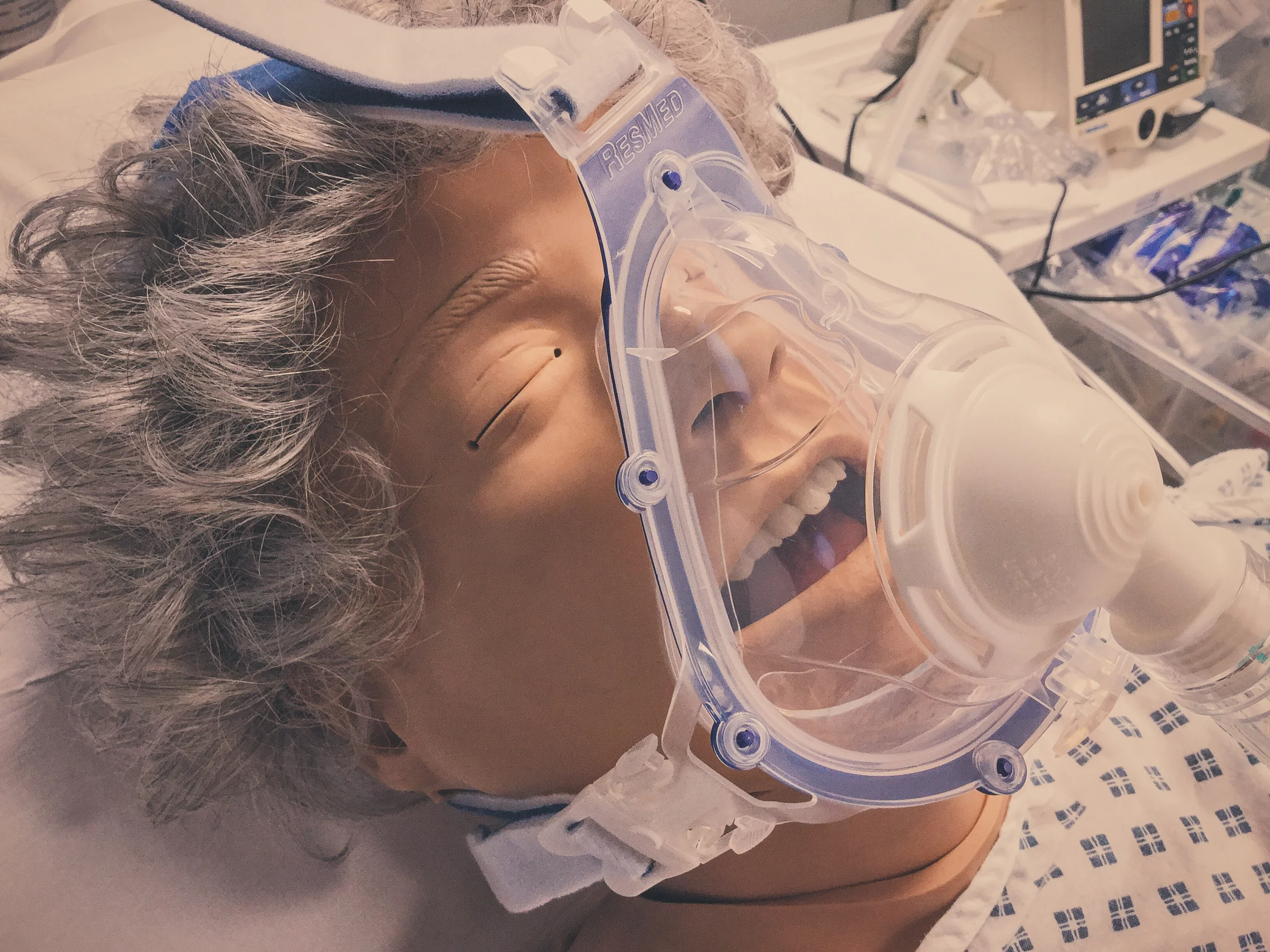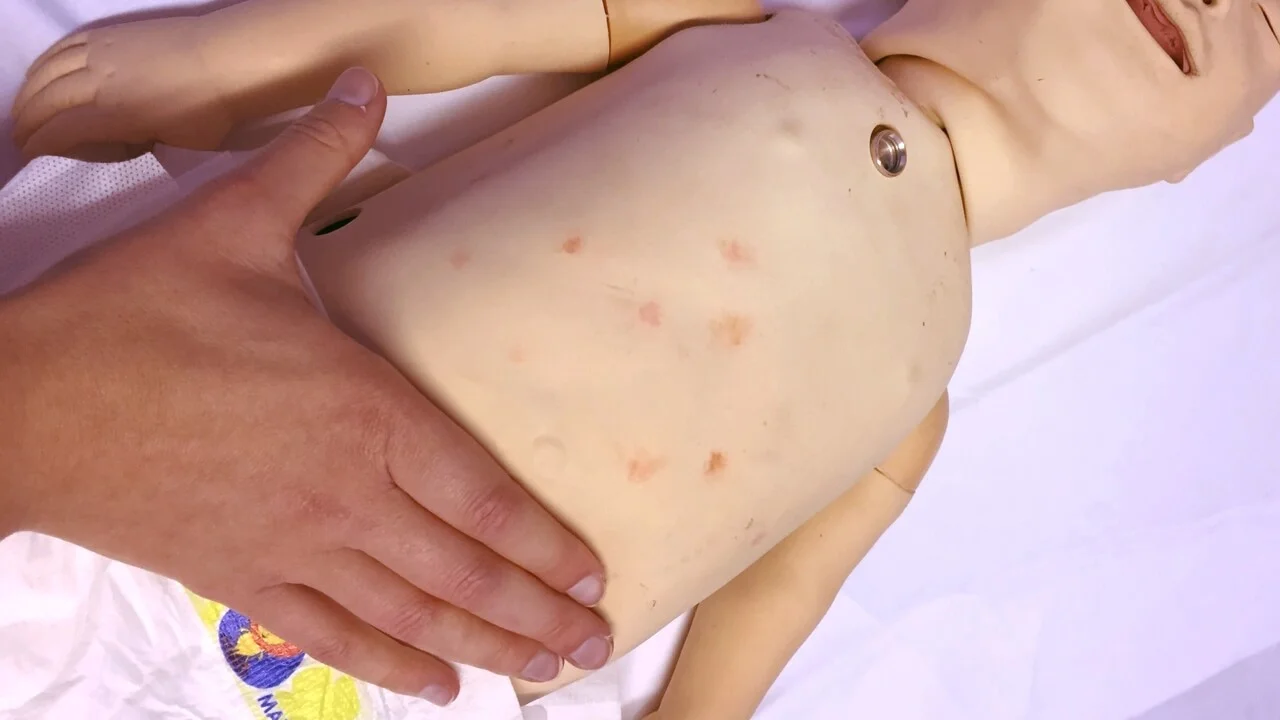#SimBlog: Pneumonia, Secondary to Sepsis
““A 75-year-old man presents with a 4-day history of a productive cough and is now feeling quite short of breath.””
Observations
A – RR 21
B – Sats 94%
C – HR 93
D – BP 110/86 (usually 140/90)
E – Temperature 38°C
Clinical Findings
Hypertension
Currently on Ramipril
NKDA
Why We Simulated?
This simulation was designed to highlight the subtleties of both recognising sepsis and it’s management (according to UHL sepsis guidance). The patient has presented with a productive cough and mildly deranged observations. He is scoring for sepsis, but not red flag at this stage.
The bloods are done and VBG shows a lactate of 3.6. Antibiotics and fluids are commenced. A CXR is performed which shows a right-basal consolidation. After the patient has received treatment and the fluid bolus has gone through, a repeat VBG is performed, which shows the lactate has dropped to 2.6. At this stage the BP drops to 90/60.
According to the UHL guidelines, if the lactate has not dropped below 2 following adequate fluid resuscitation, Critical Care should be involved.
Further Reading:
Learning Outcomes
Always remember to take a full social history from the patient. If at a later time you need to refer on, especially to critical care this will be vital information.
If the patient does not have any history of heart failure, give a full volume of fluid resuscitation, not just one bag.
Think ahead past informing your senior, if they are not immediately available you need to have a plan.
Know your sepsis guideline and local escalation policy.
Positive Feedback
Good use of team members, with clear delegation and instructions.
Good history of presenting complaint.
Sepsis recognised early and antibiotics administered very quickly, well within the hour target.








